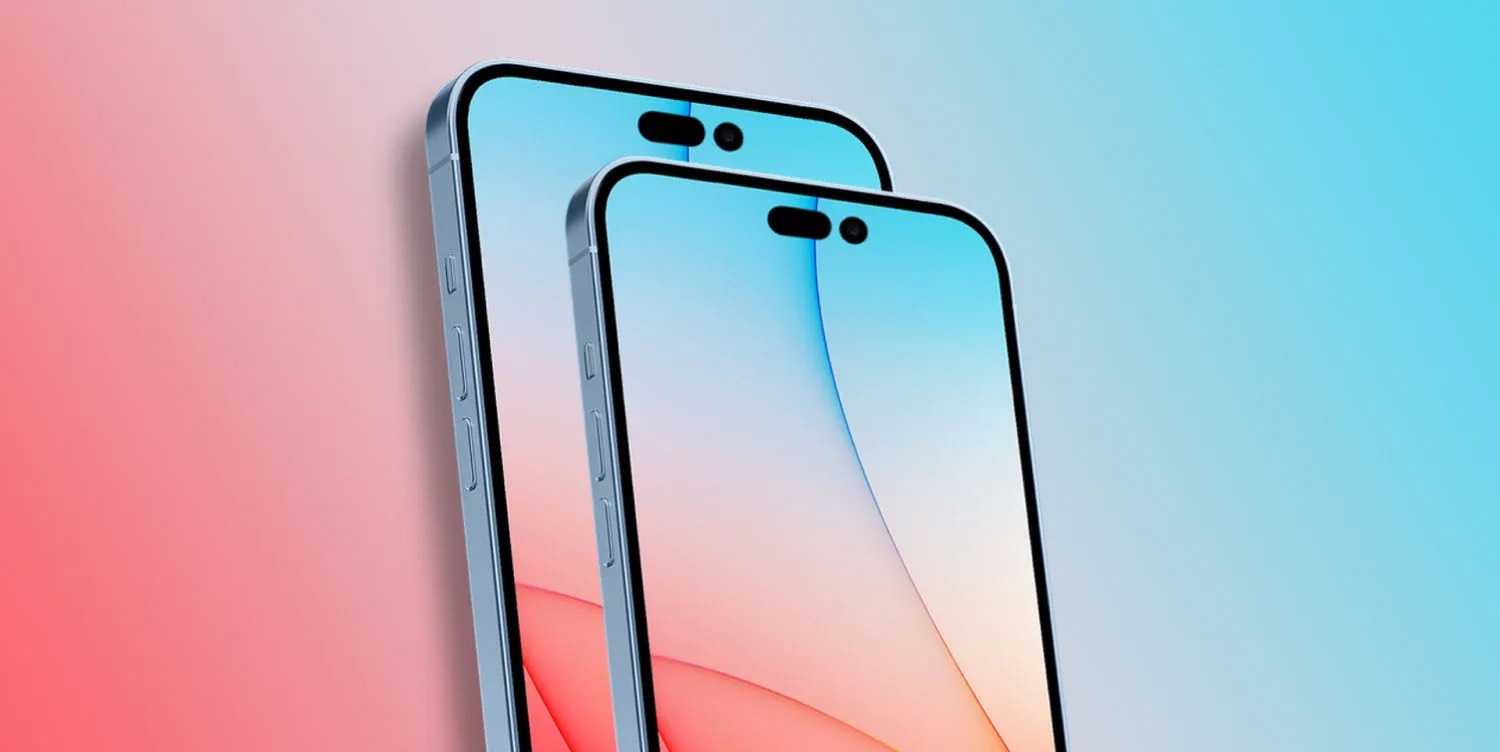
Apple is set to unveil the all-new iPhone 14 lineup this fall, bringing new features such as an always-on display and upgraded camera hardware. What about the iPhone 14 chip? As it turns out, things are going to be interesting this year. The iPhone 14 chip will be different than the iPhone 14 Pro chip for the first time.
As a quick refresher, the iPhone 14 lineup is expected to consist of four different devices across two different screen sizes. The iPhone 14 and iPhone 14 Pro will feature a 6.1-inch display, while the iPhone 14 Max and iPhone 14 Pro Max will feature a 6.7-inch display.
This will mark the first time that Apple has offered a non-Pro version of the iPhone with a 6.7-inch display. But with that being said, there will be some key differences between the iPhone 14 models and the iPhone 14 Pro models. This includes the chip inside.
The new iPhone 14 chip
Apple has traditionally upgraded the chip inside the iPhone every year. For instance, the iPhone 12 lineup was powered by the A14 chip, while the iPhone 13 lineup is powered by the A15 chip. That won’t be the case this year with the iPhone 14 chip.
According to reliable Apple analyst Ming-Chi Kuo, the iPhone 14 and iPhone 14 Max chip won’t get an upgrade this year. This means that these devices will retain the A15 processor that is currently inside the iPhone 13 lineup. 9to5Mac was also able to independently corroborate this.
The iPhone 14 Pro and iPhone 14 Pro Max, however, will see an upgraded processor. These two devices are expected to feature the new A16 chip inside. By differentiating the chip between the four iPhone 14 models, Apple is essentially giving customers an additional reason to opt for the higher-end (and more expensive) iPhone 14 Pro models.
iPhone 14 chip performance

While we’re still waiting on real-world testing, the roadmap from Apple’s supper TSMC indicates that the A16 chip will be manufactured with the same 5-nanometer process as the A15, which is also the same as the A14.
Sticking to the same fabrication size limits the year-over-year performance improvements, but it doesn’t mean we won’t see any improvements. From the A14 to the A15 chips, Apple delivered ~10% performance and efficiency improvements. It’s unclear whether we’ll see similar bumps this year, but we wouldn’t expect completely flat year-over-year performance gains.
One sketchy iPhone 14 Pro rumor suggested that the first testing with the A16 chip indicated performance would only be a “few percent” better than the A15. Apple then, however, worked to improve the chip’s thermal management, leading to a bigger jump in performance than initially expected.
Apple is expected to make a bigger jump from the iPhone 14 to the iPhone 15, but that won’t happen until 2023.
FTC: We use income earning auto affiliate links. More.




Comments